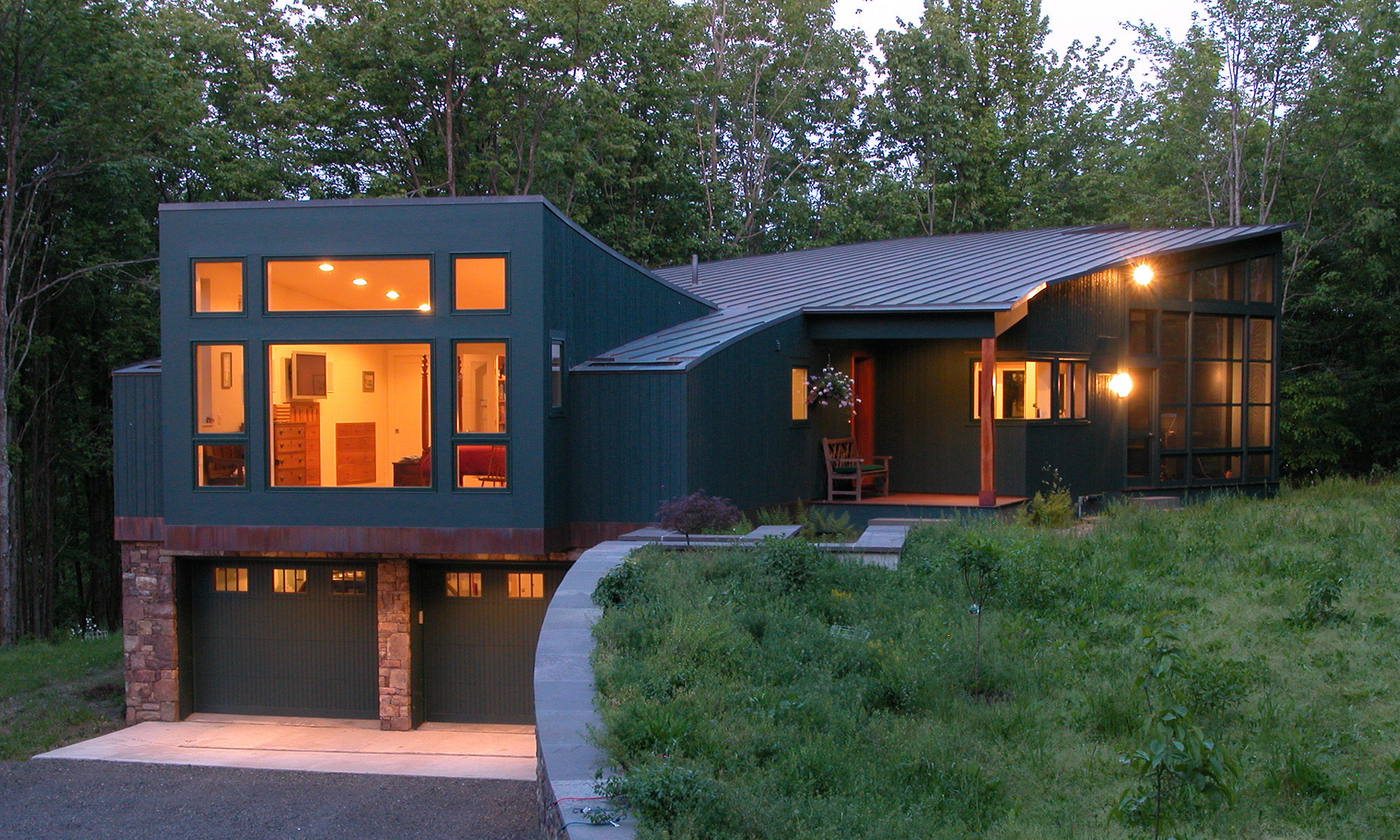Previously Published 10 July 13
Everyone wants to be an architect. During the past few years, the following people with an association to our projects have gone to either architectural or design school; two contractor’s daughters, one client’s spouse, and now one contractor. Whether this is some sort of new societal trend or if it is a phenomenon localized around our practice is difficult to say. We get many comments from clients and contractors that our job must be fun, which it is. Maybe what we really do is help people get in touch with their inner architect.









